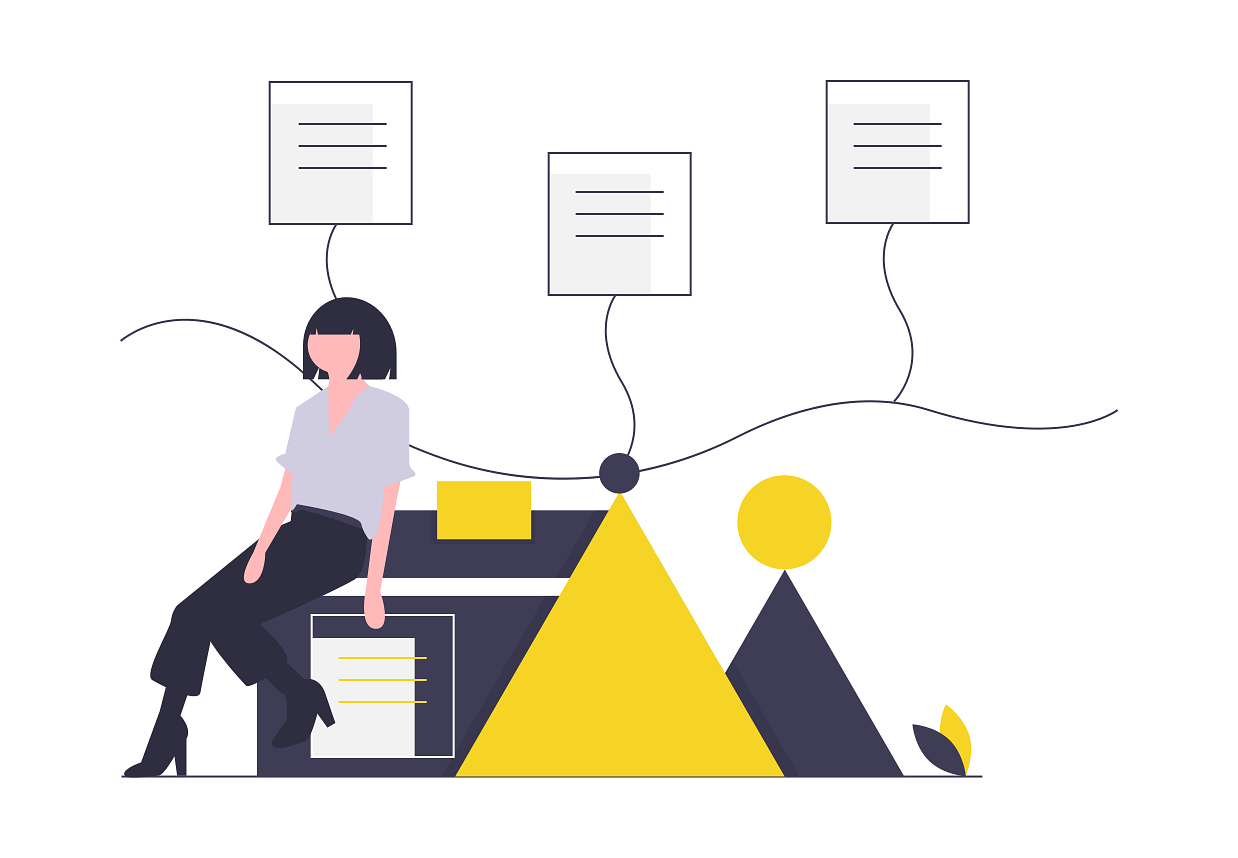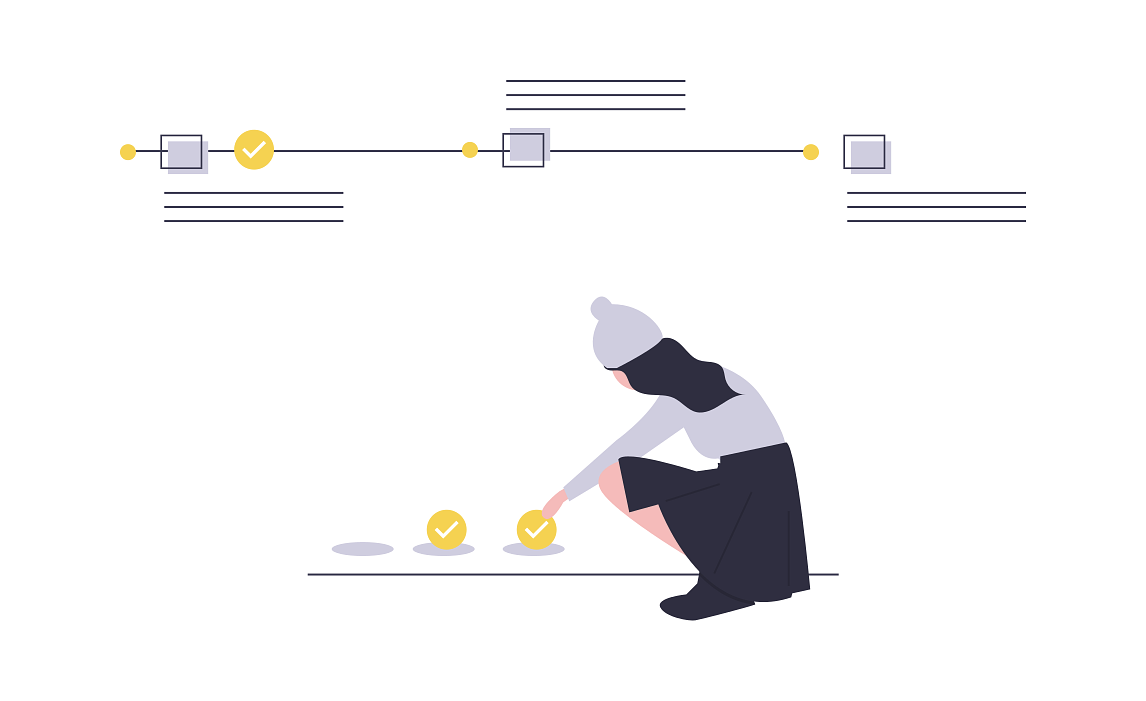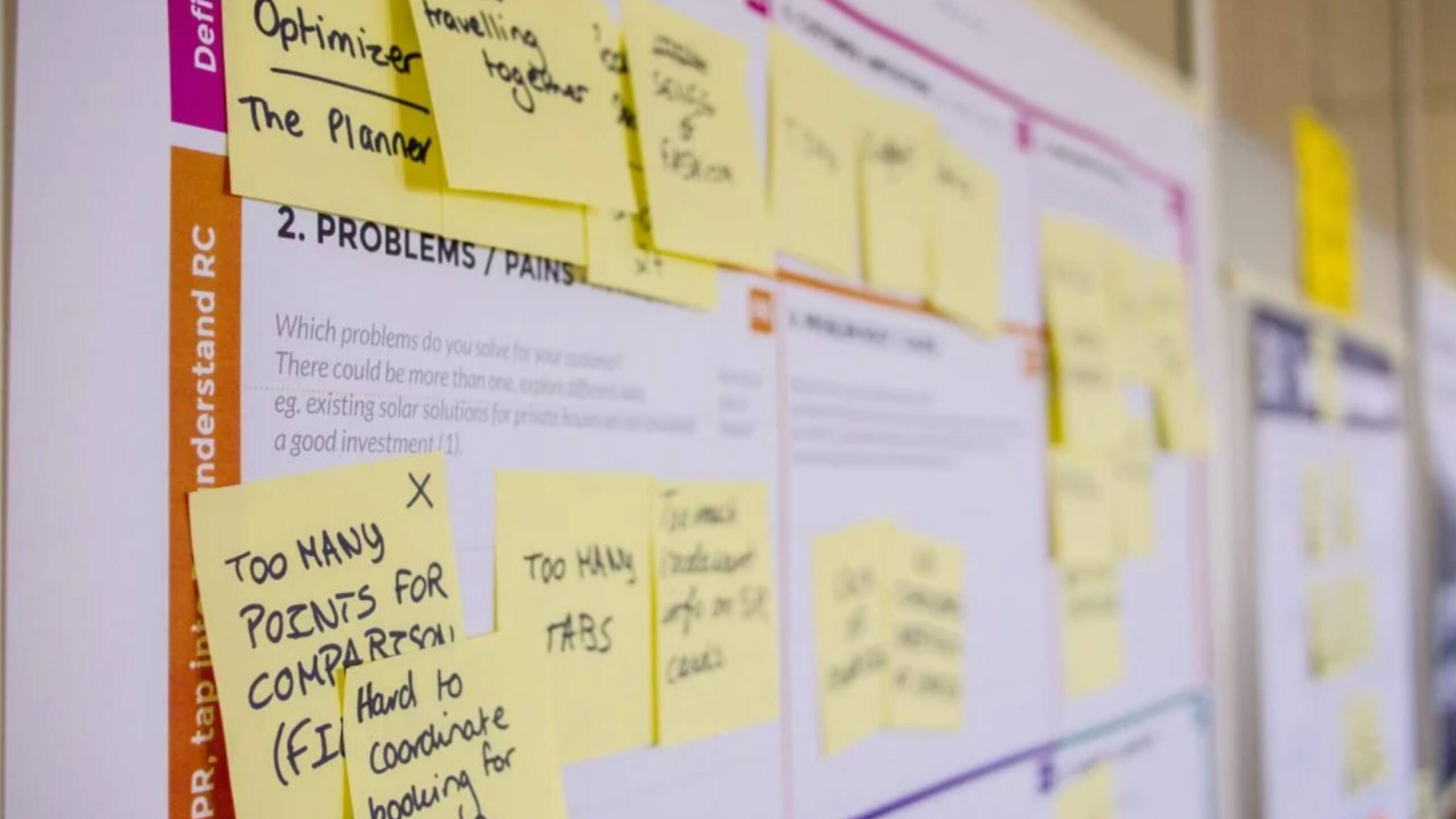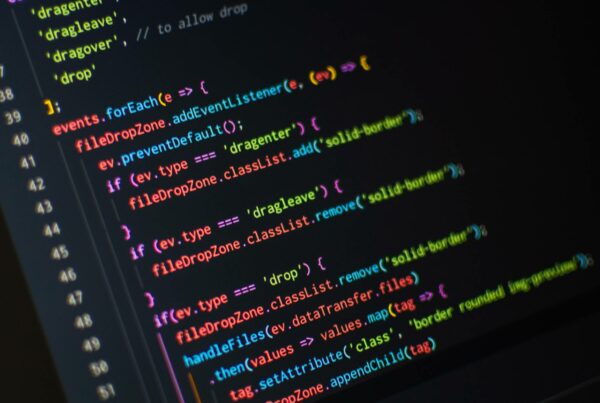As the name suggests, User Experience focuses on understanding users: what do they need, their tasks, what they value, their capabilities and limitations. A good design is one that works towards a goal and solving a need. In this blog, we show how goal-focused design solves key challenges when the users and their success metrics are defined and are part of the user experience.
Defining user goals
When defining goals, we often think of a user target that we aim to reach. However, this is only part of the picture, and the long-term goals (which design often focuses on) are more about the maintenance of the system along with the user’s achievements.

For example, a common goal for many is losing weight. They define a target weight they wish to achieve and then chart a path to achieve this goal. However, if you look closely goals related to weight management has different perspectives such as,
- Some might wish to lose weight and attain a certain number
- Some might wish to gain weight
- One might want to weigh the same but improve on muscle mass
- One might want to have a goal to maintain their existing structure
When designing a product, we not only need to define these user goals but also define their success boundaries. These boundaries assist users’ with the bigger picture.
Types of user goals and their importance
As defined in Human-Computer Interaction, there are three types:
- Life goals – what the user wants to be
- Experience goals – how the user wants to feel
- End goals – what the user wants to do
While designing any product, these three levels of user goals are crucial and present a challenge for designers. Moreover, enabling users to realize their long term goals and make informed decisions.

Deriving user goals
There are numerous research methodologies such as interaction design and cognitive system engineering defined for deriving user goals. Each of these defines specific constraints for our research. Consequently, our aim is to make the user understand their goals, educate them on how to measure their progress and define boundaries of success.

We need to understand that users are usually not forthcoming about their goals. They will, however, give more information about either the tasks they want to perform and the data they need. Designers are challenged with analyzing this data and derive the actual goals along with enhancing their product system capabilities.
“If I had asked people what they wanted, they would have said faster horses.”
-Henry Ford
User goals along the success parameters are vital elements of a successful design. It assures value addition and its usage by people. Designers need to empathize and know their users. Learn and help them realize their goals.
The accomplishment of goals through better UX leads to better and frequent product usage. Moreover, product success stories are driven by a deep understanding of their prospective users and what they intend to accomplish by using the product.
References
- Cooper, Alan, Robert Reimann, Dave Cronin, and Alan Cooper. “About Face 3: The Essentials of Interaction Design.” Amazon. Wiley Pub., 2007. https://www.amazon.com/About-Face-Essentials-Interaction-Design/dp/1118766571.
- McKenna, Brian. “Designing for Goals.” Medium. UX Planet, February 20, 2018. https://uxplanet.org/designing-for-goals-a62cd4bd66e.
- World Leaders in Research-Based User Experience. “UX & Usability Articles from Nielsen Norman Group.” Nielsen Norman Group. Accessed January 28, 2020. https://www.nngroup.com/articles/.
If you liked this post, here are a few more that may interest you.,














